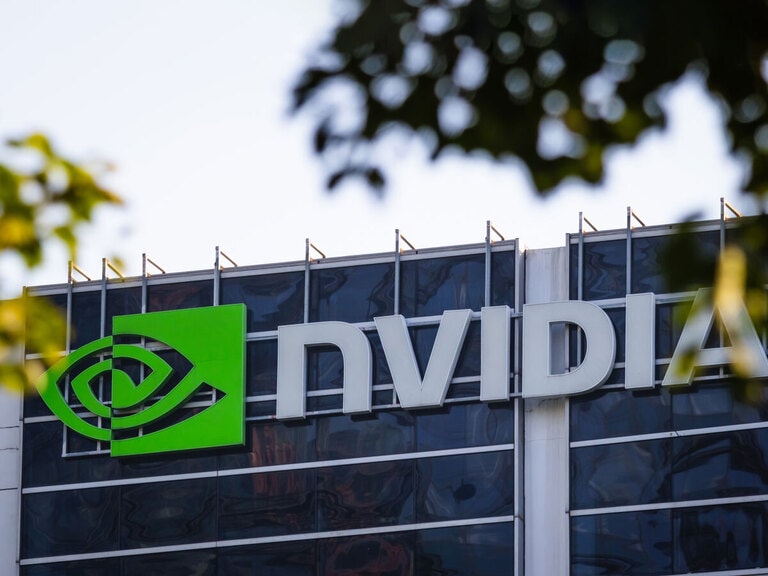The big question on the minds of Capricorn Energy shareholders is the upcoming merger with Tullow Oil. The company’s half year trading update, due to be released on 6 September, will hopefully shed further light on this proposed merger, as well as indicating the strength of the group’s operational performance.
Since being decimated during the start of the coronavirus pandemic, the Capricorn Energy [CNE.L] share price has been able to rebound strongly in 2022. As of 2 September, shares in the oil and gas company have recovered 24.8% in the year to date.
This has been due to the rising price of oil, a strong operational performance in Egypt and news that the company will pay the majority of a tax rebate from India to shareholders. Its upcoming half-year update is likely to shed further information on these factors and could lead to a further rise in the Capricorn Energy share price.
However, the potential for a merger with Tullow Oil [TLW.L], which has faced heavy criticism from Capricorn shareholders, may be a factor to lead to a slight selloff. It is expected that the half-year trading update will reveal more information about this heavily opposed merger.
Shareholders set to benefit from tax dispute
In Capricorn’s full-year trading update, the main positive news for the company was the fact that it had achieved a positive resolution of its Indian tax dispute, which will lead to a tax refund of $1.06bn. Furthermore, $700m of these proceeds are expected to be returned to shareholders, through either or a mixture of tender offers, a share buyback programme or a special dividend. The progress of these shareholder return ambitions will likely be a major factor in the upcoming trading update.
At the same time, it is expected that the net cash position of the group will be strong —investment bank Stifel estimates that it will equal $800m. As Tullow Oil is particularly interested in the merger due to Capricorn’s strong cash position, this is another factor that could lead to the share price rising higher.
It is expected that Capricorn will report another operating loss in the half-year trading update, as the company remains in its exploration stages. This means that, although it does produce revenues, operating costs remain very high in comparison with these revenues. Shareholder returns are, therefore, funded by dispositions of assets, rather than operating profits. In 2021, operating losses totalled $131m, and shareholders will be hoping that the operating loss can narrow in the first half of this year.
Upcoming merger with Tullow Oil
Another big factor affecting the Capricorn share price is the upcoming merger with Tullow Oil, which is still subject to shareholder approval. Capricorn will own 47% of the new entity, and Tullow Oil has stated that “the boards believe the Combination has compelling strategic, operational and financial rationale, with the ability to deliver substantial benefits to shareholders”.
There are some advocates of the merger. For example, Mark Wilson, an analyst at Jefferies Bank, states that it “makes sense strategically for the combined scale it brings”. Indeed, the large net cash position of Capricorn is expected to pay off Tullow’s huge debt pile, while Tullow provides production assets and growth prospects.
However, Capricorn shareholders are less convinced, and as a 75% vote in favour of the deal is required, this could present a major hurdle. For instance, Jamie Sherman, co-chief investment officer at Kite Lake Capital, one of Capricorn’s largest shareholders, stated that “Tullow is high risk and highly-levered”. Legal and General Investment Management and Palliser Capital also state that they are against the deal. Therefore, in the upcoming trading update, big questions over the merger may be answered, which could affect the Capricorn share price.
With factors such as the high price of oil and the strong shareholder returns, analysts are confident about the future prospects for Capricorn Energy shares ahead of its H1 update. Indeed, according to the Financial Times, the group has five ‘buy’ ratings and four ‘hold’ ratings. With a median price target of 262p, this implies an upside of 11.5% on its 2 September closing price of 235p.
Continue reading for FREE
- Includes free newsletter updates, unsubscribe anytime. Privacy policy





